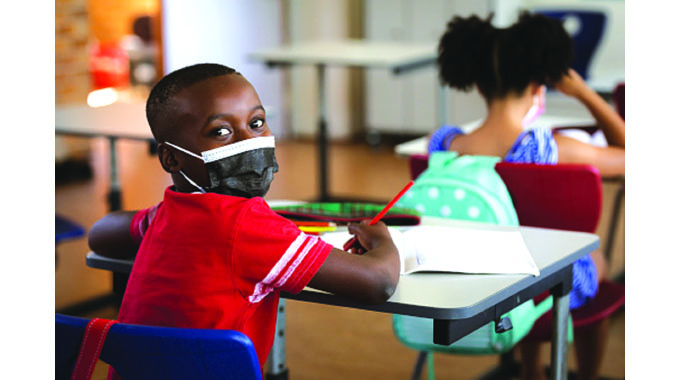Get ready to go back to school

Youth Interactive Writer
Most school going children are still trying to adjust to e-learning.
The Covid-19 pandemic has forced most children to resort to e-learning while most schools have made it compulsory.
The situation has enabled most primary and secondary school teachers to cash in on the prolonged closure of schools through conducting online classes.
Formal face-to-face classes were supposed to resume on January 10, before the Government postponed the dates indefinitely.
The term was deferred by Government to a date yet to be advised following the surge in Covid-19 cases.
Exam classes were the only ones allowed.
The move was part of Government’s measures to contain the continuous spread of the virus.
The closure of schools brought to light the disparities in children’s access to tools and technology during lockdowns, which threatens to adversely affect the learning process.
Many children, especially the disadvantaged children, faced challenges in accessing technology and materials needed to continue learning during school closures.

With an emphasis on access, quality of learning, health and safety, continuity, and community engagement, the aim is to minimise COVID-19’s disruption to the lives, learning and well-being of children and young people.
While the benefit of children being back in the classroom is undisputed and brings significant advantages, strengthening access and availability of alternative and digital platforms can go a long way in children’s access to learning and can provide an additionally richer and diverse learning experience for them once back in the classroom.
For some children, staying at home and doing Zoom lessons is hindered by affordability and ability to adapt. Data is also another hindrance to the smooth running of such lessons.
The recent spike in new Covid-19 infections and deaths has forced the Government to postpone the reopening of schools as a way of controlling the pandemic.
The education system has been disrupted and now we have to think and work outside the box to ensure that education does not suffer irreparably and our learners are not disadvantaged.
These measures and protocols, which should be implemented by all schools across the country, are in line with the World Health Organisation and Ministry of Health and Child Care guidelines on the prevention and management of the disease at all learning institutions to ensure a safe and healthy environment for students, teachers and staff.
However, studying online comes with many advantages such as widespread teaching materials.
Also, the video and audio materials can be replayed as many times as you need to understand the topic.
This type of learning promotes active and independent learning as you don’t need to depend on anyone.
You can train yourself whenever you want to, and you’ll always find support from your professors and classmates through online discussion boards and chats.
Again, if you value face-to-face teaching experience, e-learning may not be sufficient for you. Still, you can always opt for video calls with your mentors, you just need to check if your desired online program is offering that type of service.
So, to summarise e-learning promotes active and independent learning; efficient way of delivering courses as the resources are available from anywhere and at any time; students can interact with their peers from all around the world through group discussions and private chats; the studying material can be accessed unlimited number of times.









Comments